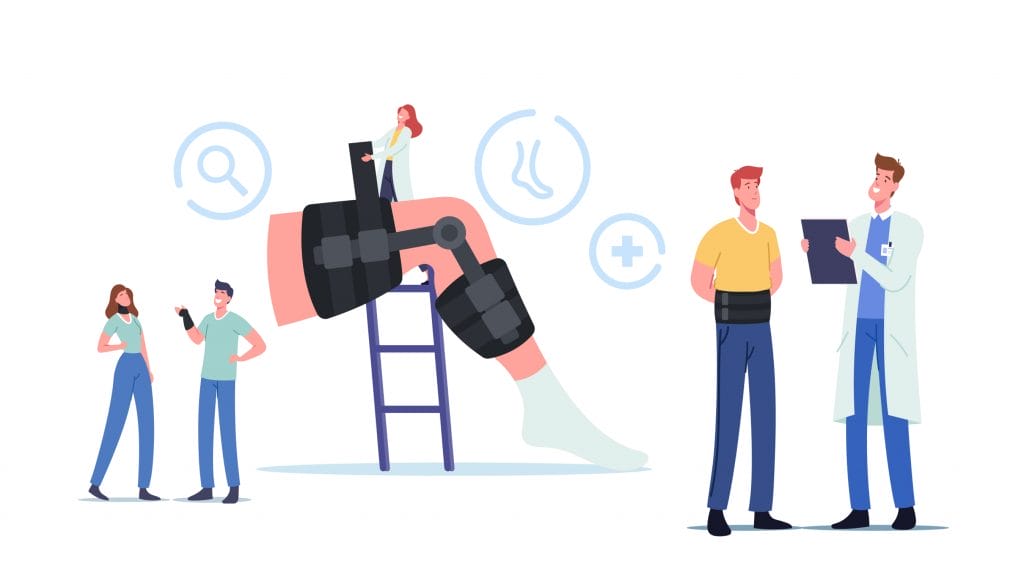Rikhi Anandsongkit and his team of physiotherapists answer this burning question.
From constant irritation to limiting your movements, knee pain is a fairly common complaint, but most people that suffer from knee issues are not able to get rid of this chronic condition. This is because knee pain is linked with a number of factors that aren’t carefully examined or dealt with. Here are four of the most common reasons why your knee pain won’t go away.
Mobility is key
Knee mobility is the full range of motion that your knees can move through. From being totally bent to fully straightened out, your knees are made to move, but if they don’t, or can’t, move through their full natural range of motion, then it can lead to pain and other complications.
Knee mobility affects your movements when walking, sitting, standing, and lifting heavy objects because your knees can take on load and power in numerous positions, and if they are compromised in any way, it can lead to imbalances and then pain. For instance, if your left knee cannot straighten out completely when you stand up straight, it puts you off balance and puts more pressure on your right knee, which can lead to right knee pain.
Restoring your range of motion and balance in both knees could be the key to reducing, and then finally eliminating, your knee pain.

Your back might be the problem
Most knee pain patients spend weeks trying to work on the knee but maybe your knees aren’t the problem at all. Your back could be the source of your knee pain, and that’s usually due to nerve irritation taking place somewhere in your lower back, that’s linked to your knee.
Nerve problems linked to your back can be a very delicate issue so be very careful when trying to address this. In this case, visiting a physiotherapist or a doctor is highly advisable as they need to assess the issue carefully and they might even need to use medical imaging technology to diagnose the problem.
Weak core strength
There’s no denying that a strong core is the key to stability and strength throughout the body. Your core helps you brace for impact, strengthens your back, improves your posture, and provides general stability during all kinds of movements.
So it should come as no surprise that if your core is weak, you’ll need to rely on your other joints to pick up the slack and sometimes that leads to overloading your knees. Without a strong core stabilising your body, your knees will stiffen up, but since they are meant to remain mobile, this stiffness leads to pain, and it could lead to worse conditions later on.
Improve your core strength through exercise to lighten the load on your knees and you might experience less knee pain quite soon.
Ankle troubles
Knees and ankles are quite closely linked with each other as they are part of the same kinetic chain to help you walk, run, jump, etc. However, if your ankles are stiff and cannot reach their full range of motion easily, your knees will come under unnecessary strain.
Test the range of your ankle mobility by putting them through a range of ankle exercises. If your ankles aren’t reaching full mobility, then this is an area you must target through mobilisation exercises and daily stretching. Over time, you will see the results of mobile and strong ankles taking on the load that was affecting your knees, and your knee pain should subside quickly.
To find the root cause of your knee pain, it’s best to visit a trained physiotherapist, who will diagnose your condition properly and give you a definitive programme to help you get back to pain-free mobility.
[Box]
Rikhi Anandsongkit is the owner of Form Physio and Rehab, a physiotherapy clinic that helps adults in Bangkok get back to doing the things they love without painkillers, injections, and surgeries.
Tel: 095-569-3298
Email: info@formphysiorehab.com
www.formphysiorehab.com
[End Box]







